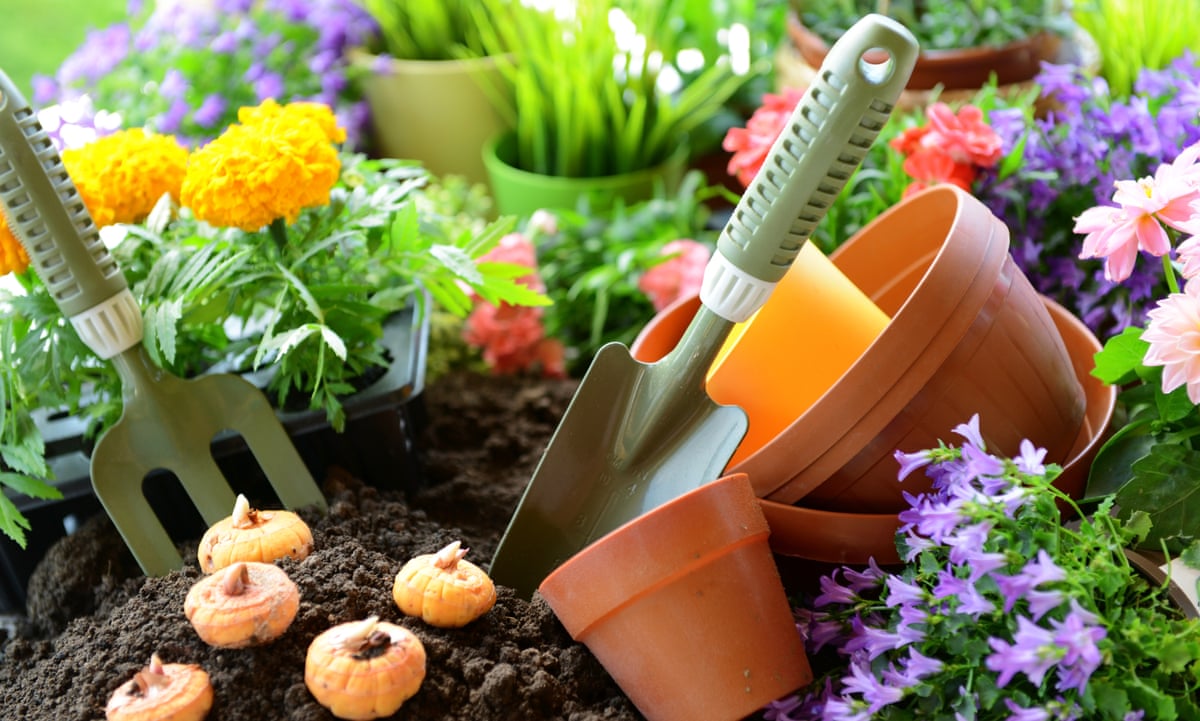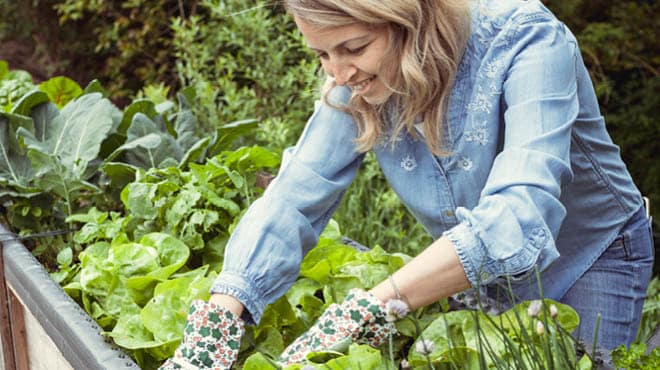Budding Gardeners Welcome: Newbie Gardening Basics and Beyond
Wiki Article
From Novice to Environment-friendly Thumb: A Step-by-Step Journey Via the Art of Gardening

Comprehending Your Gardening Room
To start your gardening trip, it is vital to understand the one-of-a-kind attributes and constraints of your gardening room. Are there any particular obstacles you may deal with, such as inadequate soil high quality or minimal water accessibility? Recognizing these elements will certainly help you make notified choices concerning the types of plants that will grow in your space.Think about the dimension of your gardening location. If you have a tiny room, you might require to focus on container horticulture or vertical gardening to maximize your growing area. On the various other hand, if you have a huge room, you have the deluxe of growing a range of plants and developing various zones within your garden.
Following, evaluate the amount of sunlight your area receives. This will certainly establish which plants will thrive and which ones may struggle. If your room is shaded, you can choose shade-loving plants like brushes or hostas. If your area gets full sunlight, you can expand a wide variety of plants, consisting of blossoms, vegetables, and natural herbs.
Finally, take into consideration any kind of challenges or constraints certain to your area. You may need to change it with garden compost or choose plants that are tolerant of less-than-ideal conditions if your dirt quality is inadequate. If water is limited, you can opt for drought-tolerant plants or carry out water-saving techniques like mulching.
Picking the Right Plants for Your Yard
Select plants that are appropriate to your garden's distinct problems and your personal choices. When choosing plants for your garden, it is very important to take into consideration variables such as sunshine, dirt type, and environment. Take an appearance at the amount of sunlight your garden gets throughout the day. Some plants flourish completely sunlight, while others prefer partial or also full shade. Think about the soil type in your garden. Some plants prefer well-drained soil, while others thrive in wet or clay-like soil. Furthermore, take right into account the environment in your area. Some plants are better suited for dry and hot environments, while others can endure colder temperatures.Another essential facet to consider is your individual choice. Do you like a garden loaded with vivid blossoms, or are you much more thinking about expanding vegetables and herbs? Think of the purpose you desire your garden to serve and the visual you desire to achieve. It's additionally worth thinking about the maintenance level of the plants you select. Some plants call for more care and attention, while others are more low-maintenance.
Preparing the Soil for Planting
First, evaluate the condition of your soil to establish if any amendments or improvements are required. The top quality of your dirt is critical for the success of your garden. Begin by examining the texture of the dirt. Is it sandy, loamy, or clayey? Sandy soil drains pipes swiftly, while clayey dirt retains water. Fertile dirt is the ideal equilibrium between the two. Next off, inspect the pH degree of your soil. Most plants like a somewhat acidic to neutral pH, around 6.0 to 7.0. If your dirt is as well acidic or alkaline, you might need to change it using soil changes such as lime or sulfur. In addition, you ought to consider the vitamins and mineral content of your dirt. If any vital nutrients are lacking, Conduct a soil examination to determine. This will help you choose which fertilizers or raw material to add. Finally, make certain that your dirt is well-draining. Badly drained pipes dirt can result in waterlogged roots and various other plant health problems. Enhance drainage by adding natural issue like compost or peat moss if necessary. By examining and making essential changes to your dirt, you can create an optimal atmosphere for your plants to grow.Nurturing and Maintaining Your Yard
Make sure to sprinkle your plants deeply, enabling the water to pass through the soil and get to the origins. Normal weeding is likewise crucial to maintain your yard totally free from unwanted plants that compete for nutrients and room. Frequently evaluate your plants for any kind of signs of problem or disease and take instant action to stop further damages.Troubleshooting Common Gardening Issues
To attend to typical gardening problems, beginning by identifying the trouble and taking instant action. Among the most common concerns gardeners face is pests. If you see eaten leaves or plants that are shriveling for no apparent factor, you might have a bug infestation. Check your plants very closely for signs of bugs or other insects. If you find any kind of, eliminate them manually or use natural my explanation pest control techniques. Another common trouble is vitamins and mineral shortage. They might not be obtaining adequate nutrients if your plants have actually yellow or discolored fallen leaves. Think about fertilizing your soil or adding compost to improve its nutrition web content. Overwatering is another issue that can harm your plants. You may be overwatering if you notice water logged dirt or wilting in spite of appropriate watering. Readjust your watering routine appropriately and make sure appropriate drain. Illness can likewise influence your garden. If you see spots, click site mold, or uncommon development on your plants, it might be an indication of disease. Eliminate impacted plants and treat the continuing to be ones with natural fungicides or chemicals. By immediately attending to these common concerns, you can make sure the health and wellness and success of your garden.Conclusion
Congratulations! You have actually successfully finished the trip from beginner to environment-friendly thumb in the art of gardening. By recognizing your horticulture area, picking the right plants, preparing the soil, and nurturing your yard, you have actually conquered typical gardening problems like a pro. Currently, armed with understanding and experience, you prepare to enjoy the charm and wealth of your thriving garden. Keep up the great work and remain to grow your environment-friendly thumb!
When choosing plants for your yard, it is crucial to check this site out consider variables such as sunshine, soil kind, and environment. Some plants choose well-drained dirt, while others prosper in moist or clay-like soil (newbie gardening). By recognizing your horticulture room, selecting the right plants, preparing the dirt, and nurturing your yard, you have gotten over common horticulture issues like a pro
Report this wiki page